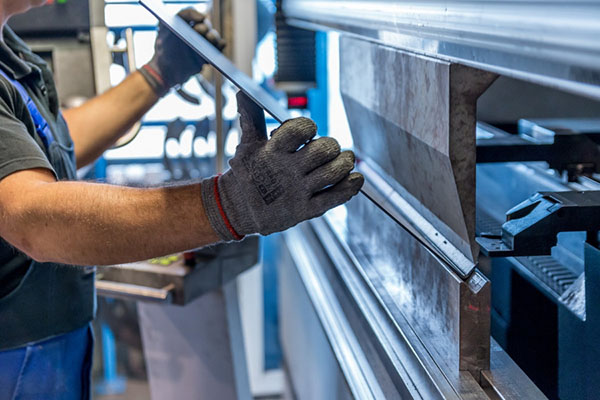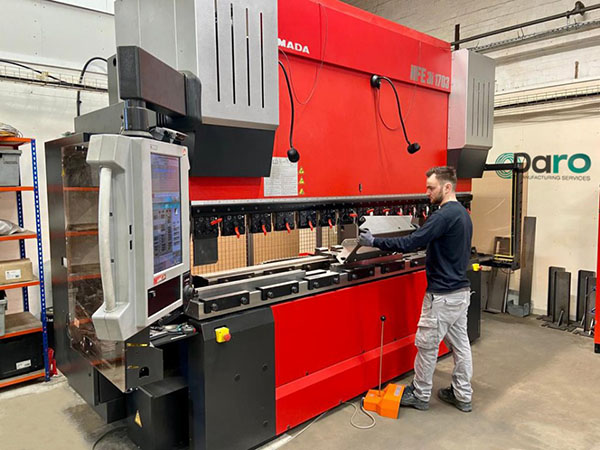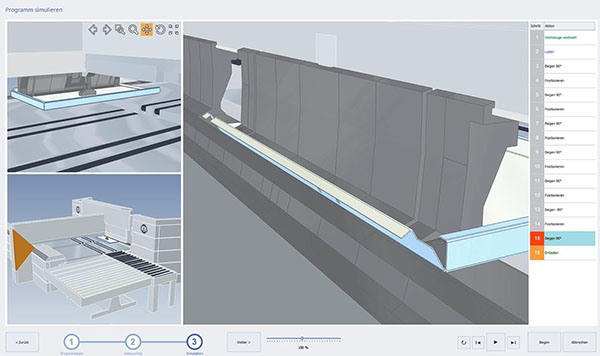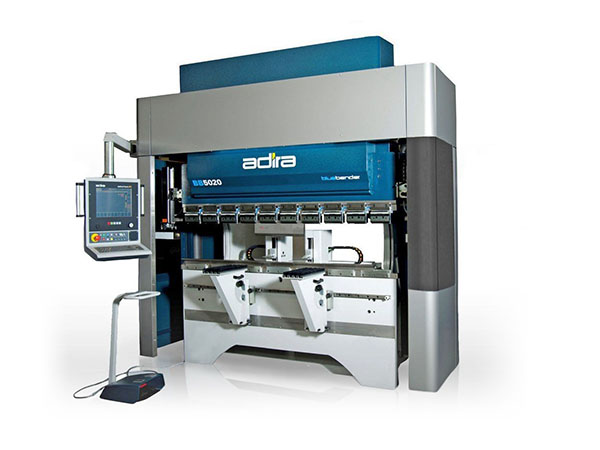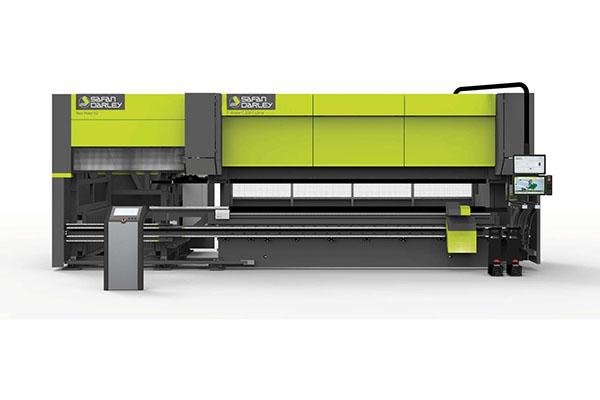
When it comes to buying a CNC folding machine there are lots of things to think about. Bulldog Industrial is therefore offering some helpful tips to help smooth the process.
Firstly, there are many different types of CNC folding machines, which can lead to a lot of confusion when trying to decide what type of machine would be the best. For example, if seeking a hobbyist-type machine for smaller projects, an entry-level CNC folder will likely suffice.
If, on the other hand, the intention is to produce large quantities of products in high volume, a professional-grade machine will be necessary.
It is also important to think about whether the machine has to be portable or stationary. Finally, consider what type of software it comes with. Luckily, there are many different types of software for use with a CNC folder. The type of software ultimately depends on needs. If seeking software for a general purpose CNC machine, it might make sense to choose a folder that has many options available. Take into account the budget how often program changes will be required.
When buying a CNC folding machine, it is important to purchase one that is certified. Look for a manufacturer that will put a seal on the machine, and make sure the folder is ready to go right out of the box. Furthermore, verify that the machine has been tested by an independent third party.
Another tip is to find out how many hours have been clocked on the machine before it was sold. This ensures that the machine is new and has not been sitting around for long periods of time without use. The more hours spent on a machine, the more risk there is of something going wrong.
For further information
www.bulldog-uk.com






